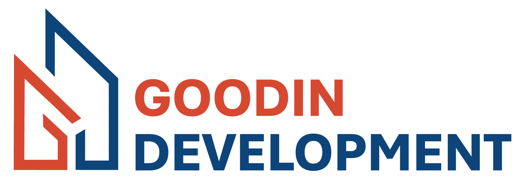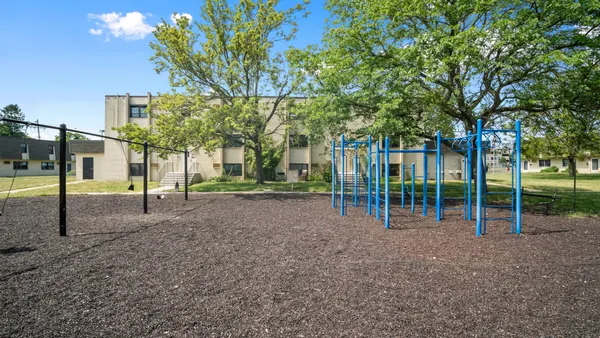In a poll of attendees at a panel session during the National Apartment Association’s Apartmentalize Conference in Philadelphia earlier this month, the majority — 34% — reported that centralization had made a moderate impact on their operations, while 17% reported a great impact. Only 19% reported no impact.
For some companies that have implemented it, centralization has allowed for more flexible sales and service models, greater operational efficiency and more customer satisfaction, owing to the time saved for on-site staff to spend on other responsibilities. However, it has also created a need for new skills in the multifamily workforce, and a reckoning of the traditional employment and skill models in place at properties.
Chicago-based REIT Equity Residential has been in the process of centralizing its sales and service, collections and maintenance roles for the past five years, according to panelist Debbie Bush, director of organizational development at Equity.
As a result, the firm has been able to connect with prospects more quickly, improve renewal compliance and spend more time on customer service. “We are seeing the benefits of greater efficiency,” Bush told attendees.
However, Bush also found that as assistant management roles were absorbed into the centralized model, it disrupted the traditional on-site career path of leasing assistant to assistant manager to community manager. This led to the question of how employees could “level up” without the assistant manager role.
To solve this problem, Equity restructured its employment process to focus on competencies — abilities, skills or traits demonstrated by behavior — rather than a linear path from one position to another. The company developed a library of competencies at different levels, divided into three types: core competencies based on culture, job families for a particular functional path and job specifics for a role.
This has led to a 19% increase in job performance and a 40% increase in talent retention, according to Bush.
Maintenance positions
Kirkland, Washington-based Weidner Apartment Homes is also restructuring its career pathing, but taking a different approach. Instead of considering career movement as a ladder, the company has developed a “lattice” structure, in which employees can move across different job types based on their skills.
“It allows people to grow in the way they want to grow,” said Josh Draughn, vice president of marketing and experience at Weidner.
For maintenance roles, the centralization process can look a little different. While trade knowledge and skills remain the same, this new model does ask centralized teams to build new skills around technology and remote leadership.
To implement these new systems and structures, Weidner created an implementation and communication plan for its maintenance employees to make the transition easier. This included accommodating technicians that wanted to stick with printed orders instead of adopting digital methods.
Ultimately, the company organized its maintenance staff into a make-ready team, a service request team and groundskeepers for a given region, all of whom report to an area service manager. Since implementing the centralized model, the company reported a 32% faster turn rate, 43% quicker work order completion, higher customer retention and higher employee satisfaction.
“Pod maintenance has been a huge change for the department,” said Josh Hayes, regional maintenance director for Weidner, in a quote included in the presentation. “With change comes the fear of the unknown. However, our test regions have done extremely well with the restructuring and have embraced the opportunity. In our busiest season, we have seen faster make-ready turns and work order completions.”














